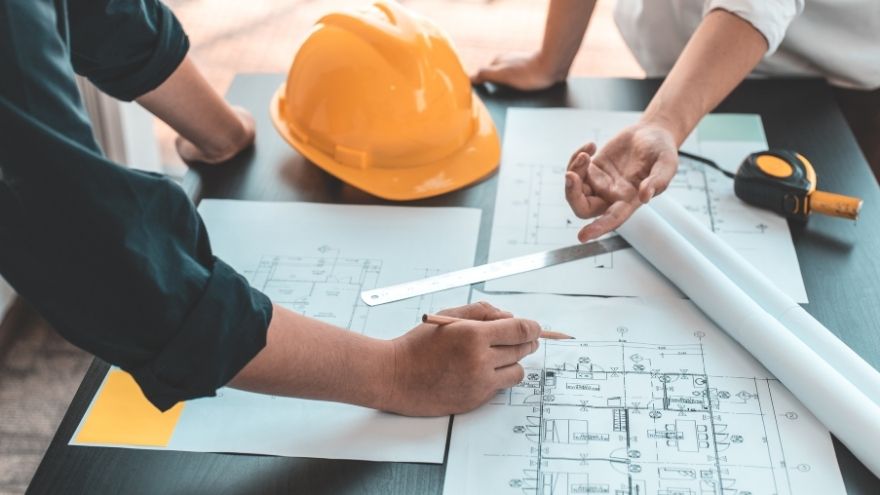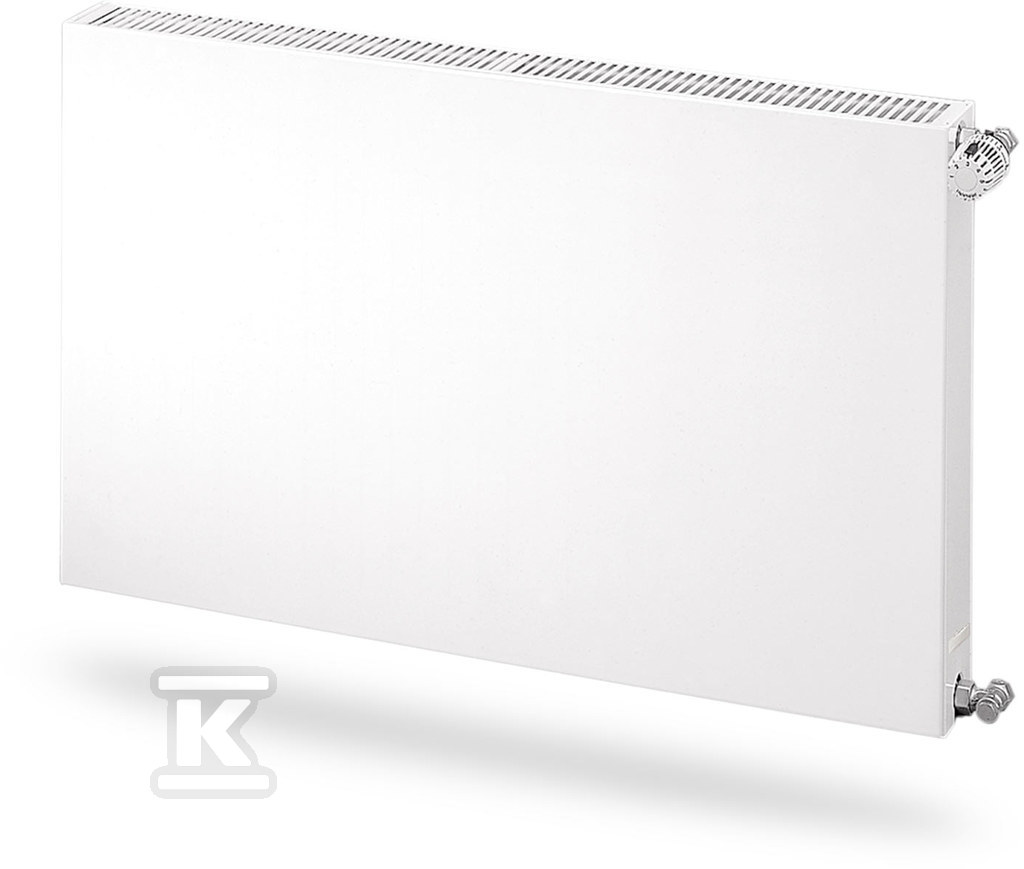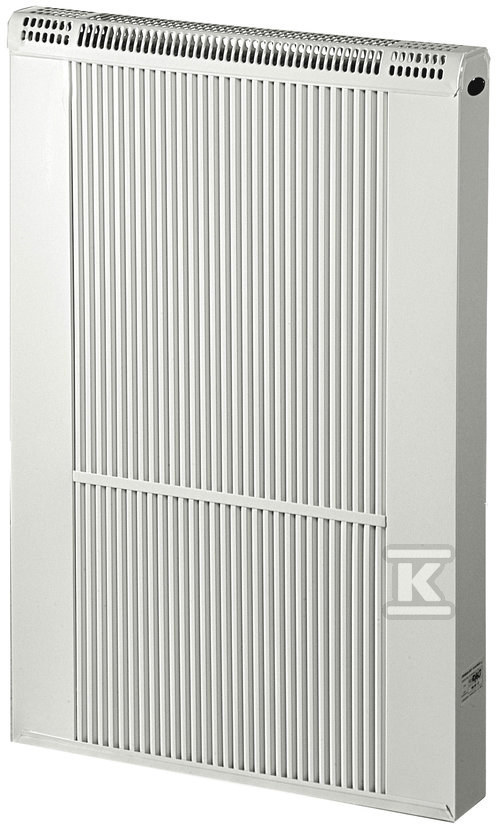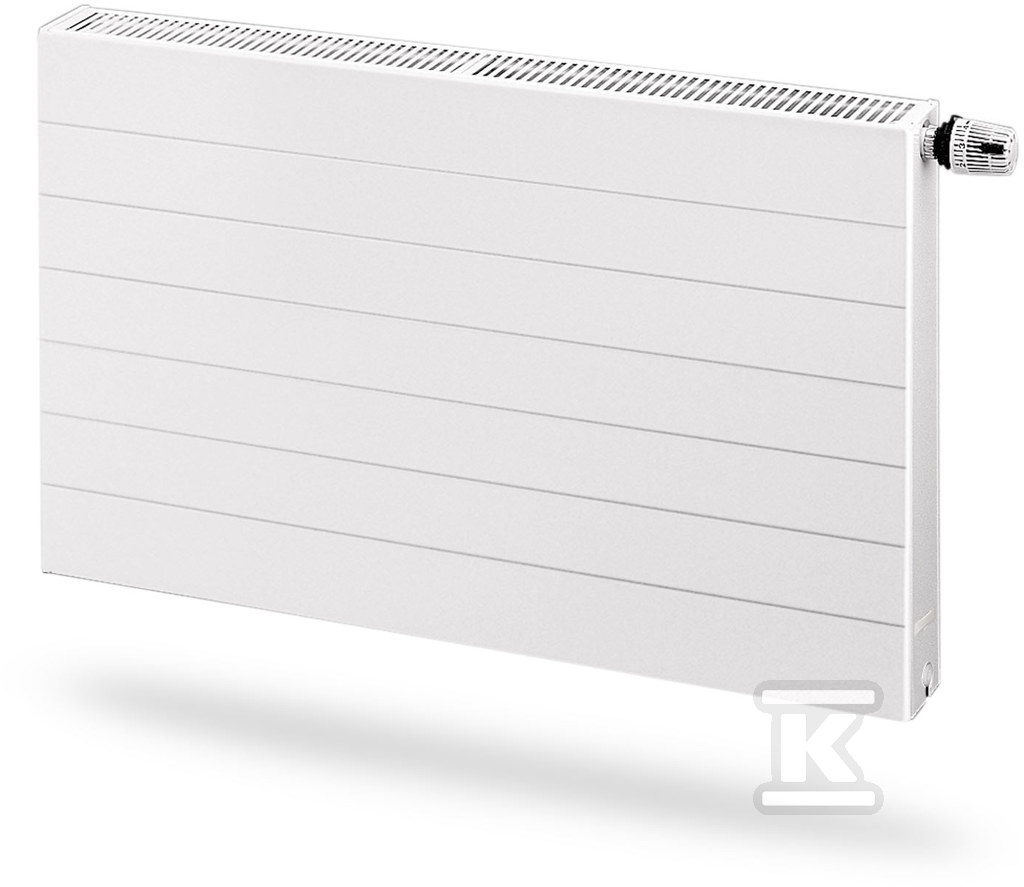Thermal power is a term referring to the amount of heat generated, supplied or received by the system in a given unit of time. The correct determination of thermal power determines, among other things, energy efficiency and heating costs. How to correctly calculate the demand for thermal power of a building?

Check out the radiators at the Onninen wholesaler
Unit demand for thermal power for heating buildings
To correctly calculate the thermal demand of a building, you need to know what factors and parameters to consider. The unit thermal demand is discussed in the context of thermal energy needed to maintain an optimal, comfortable temperature inside the building, importantly in winter conditions. The parameter value is specified in Watts per square meter. To obtain detailed calculations, you need to consider a number of specific factors, such as:
- type of building – whether it is a single-family or multi-family house, office building;
- thermal insulation, not only of walls or roof, but also of floors, windows and doors;
- building ventilation and heat recovery systems, such as recuperation;
- climate zone — mainly average outdoor temperatures during the heating season.
The calculations performed are very important in the context of the appropriate selection of the heating system. The parameter value has a direct impact on the selection of the heat source to heat the building.
 Without calculating the unit demand, it is currently impossible to effectively design heating systems. The better the insulation of a building, made with the use of modern solutions in mind (e.g. passive or energy-efficient houses), the fewer thermal bridges and places that may become a potential source of heat loss, the lower the unit power will be.
Without calculating the unit demand, it is currently impossible to effectively design heating systems. The better the insulation of a building, made with the use of modern solutions in mind (e.g. passive or energy-efficient houses), the fewer thermal bridges and places that may become a potential source of heat loss, the lower the unit power will be.
In order to ensure optimal thermal comfort in a building, it is not enough to know the thermal demand of the building, it is also important to calculate the values in individual rooms, such as the hallway, kitchen, rooms. Thanks to these calculations, it is known what power of radiators must be installed in heating systems.
Distribution of heat and energy consumption in a multi-family residential building
Providing optimal thermal comfort for all household members is a priority when designing heating systems in single-family and multi-family houses, as well as other facilities. Depending on the construction technologies used, installation variants, energy standards, or the age of the building, it is necessary to consider the typical distribution of heat and energy consumption. This information will allow for optimal planning of the entire heating system.
 The largest amount of energy is used to heat individual rooms. It is assumed that 60% to 80% of the heat produced is used to heat rooms. Another element that uses a large amount of heat energy is the domestic hot water heating system. It is estimated that its effective operation can absorb from 15% to even 30%. The exact value is impossible to estimate, because a lot depends on the way hot water is used or the number of residents.
The largest amount of energy is used to heat individual rooms. It is assumed that 60% to 80% of the heat produced is used to heat rooms. Another element that uses a large amount of heat energy is the domestic hot water heating system. It is estimated that its effective operation can absorb from 15% to even 30%. The exact value is impossible to estimate, because a lot depends on the way hot water is used or the number of residents.
Electrical appliances and lighting consume about 10%-15% of energy, but it should be remembered that a lot depends on the type of equipment you have, energy efficiency class, etc.
The ventilation in a building is also of great importance for planning the demand for thermal power. In the case of mechanical ventilation, heat losses can reach as much as 5%-10%. Thanks to heat recovery systems, such as recuperation systems, these losses can be significantly reduced.
Design temperature of outside air
The location of the building is of great importance for calculating the heat demand. In Poland, 5 climate zones have been distinguished, for which the average calculation temperature of the outside air has been estimated. Therefore, it should be borne in mind that the same building, with the same square footage, construction technology, insulation, etc., to achieve the same thermal comfort will have a different demand for heat power.
 The calculations, taking into account the outside temperature in a given zone, allow you to select the appropriate heat pump variant so that the heating is effective and economical. The temperature value is determined based on statistical meteorological data for the selected area.
The calculations, taking into account the outside temperature in a given zone, allow you to select the appropriate heat pump variant so that the heating is effective and economical. The temperature value is determined based on statistical meteorological data for the selected area.
To calculate the heat demand of an apartment, you need to have extensive knowledge of the building's finishing technology, climate zone and other specific factors. Where the demand is really high, you can consider installing modern solutions, such as photovoltaics and energy storage . Thanks to them, you can significantly reduce your electricity costs by limiting the energy supplied from the external network. Energy storage and photovoltaics are elements that support the heat pump, which may need significantly more energy during the heating season so that its efficiency does not decrease.
In practice, calculating the demand requires estimating the so-called peak thermal power, determined based on the design temperature, in accordance with the applicable averages, at the same time the analysis takes into account the purpose of the rooms and the way they are used. The design temperature values are not random, they must be in accordance with the PN-82/B-02403 standard, for individual climate zones.